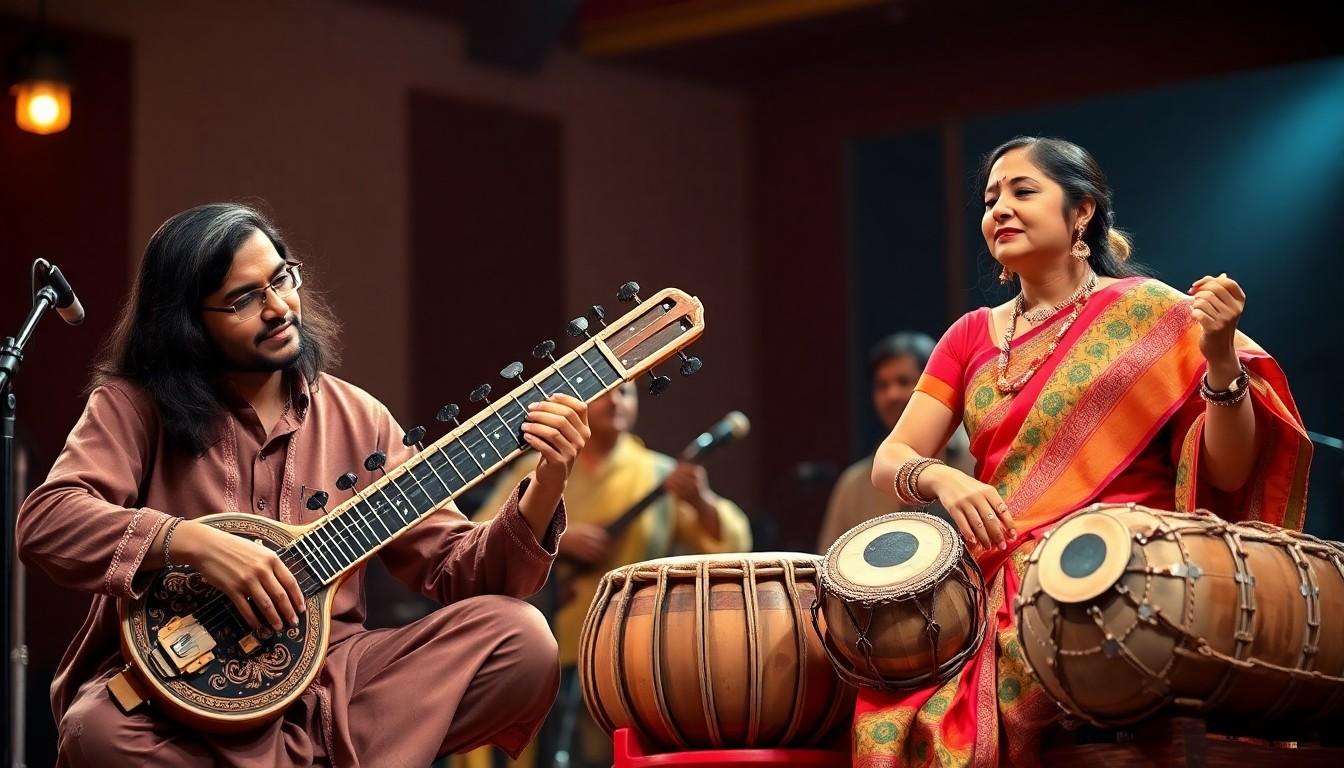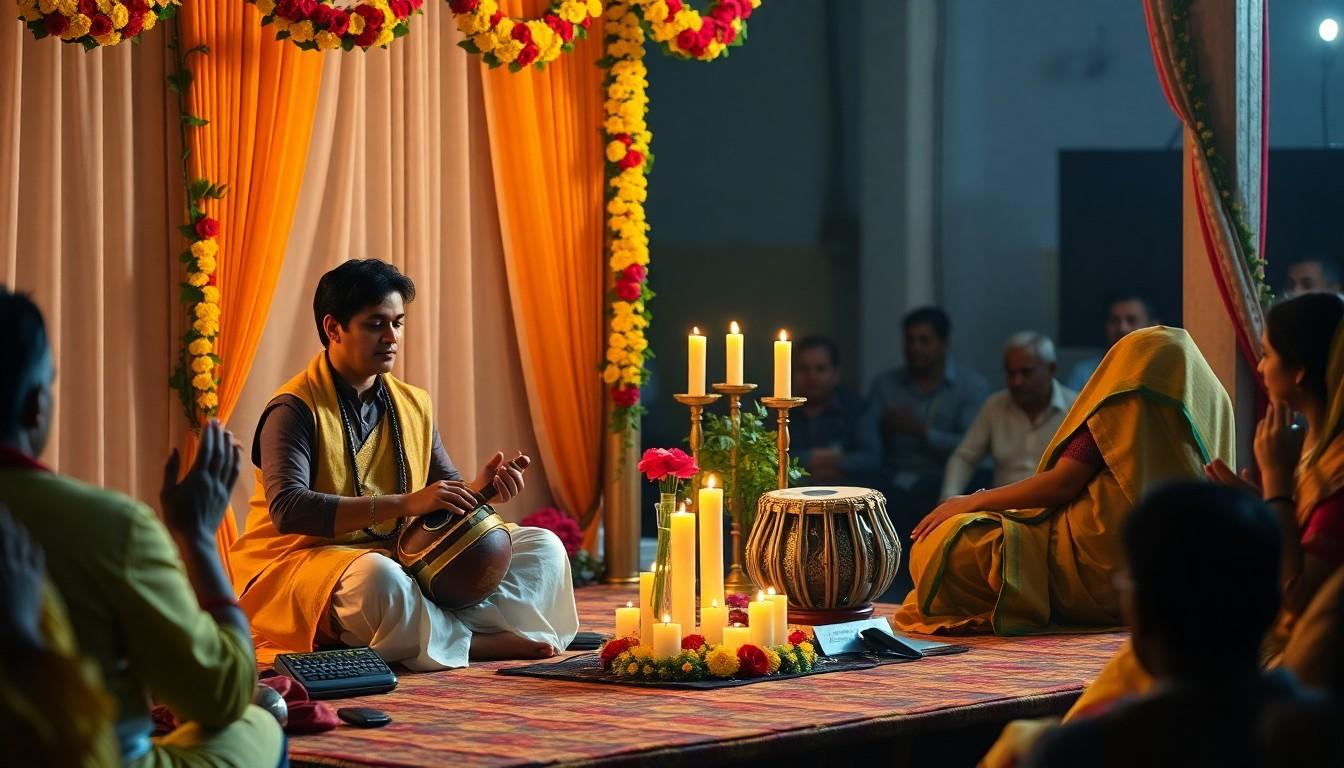Physical Address
304 North Cardinal St.
Dorchester Center, MA 02124
We use cookies to help you navigate efficiently and perform certain functions. You will find detailed information about all cookies under each consent category below.
The cookies that are categorised as "Necessary" are stored on your browser as they are essential for enabling the basic functionalities of the site. ...
Necessary cookies are required to enable the basic features of this site, such as providing secure log-in or adjusting your consent preferences. These cookies do not store any personally identifiable data.
Functional cookies help perform certain functionalities like sharing the content of the website on social media platforms, collecting feedback, and other third-party features.
Analytical cookies are used to understand how visitors interact with the website. These cookies help provide information on metrics such as the number of visitors, bounce rate, traffic source, etc.
Performance cookies are used to understand and analyse the key performance indexes of the website which helps in delivering a better user experience for the visitors.
Advertisement cookies are used to provide visitors with customised advertisements based on the pages you visited previously and to analyse the effectiveness of the ad campaigns.

In the vibrant world of Indian classical music, nishidhasagamam stands out like a quirky cousin at a family reunion—unexpected yet impossible to ignore. This fascinating concept, rooted deeply in the intricate fabric of raga and tala, brings a unique twist to musical expression that’s both captivating and essential for any aspiring musician.
Nishidhasagamam serves as a fascinating aspect of Indian classical music. It enriches the musical landscape by intertwining with the structures of raga and tala.
Nishidhasagamam traces its roots to ancient Indian musical traditions. Significant texts document its evolution over centuries. During the medieval period, musicians started incorporating this concept into performance practices. Notable composers experimented with nishidhasagamam, modifying ragas to include unique nuances. The historical impacts of this concept shaped many musical forms, influencing generations of artists.
Nishidhasagamam holds a vital place in Indian cultural expression. It enhances the emotional depth of musical compositions. Musicians leverage this concept to convey complex feelings and moods. Audiences appreciate how nishidhasagamam reflects the socio-cultural values embedded in performances. This concept serves not only as a technical element but also as a means of storytelling within the music, showcasing the richness of tradition and creativity.

Nishidhasagamam comprises various essential elements that enhance its depth and complexity within Indian classical music. These components contribute to both the musical structure and the cultural practices surrounding it.
Ritual practices within nishidhasagamam involve specific traditions and ceremonies. Musicians frequently participate in these rituals before performances, invoking blessings through prayer and meditation. Such practices help create an atmosphere conducive to artistic expression. Instruments often played include the tambura and tabla, providing a foundational sound. Audiences also engage in rituals, such as clapping or singing along, which fosters a communal vibe. These collective experiences deepen participants’ emotional connections to the music.
Symbolism plays a crucial role in nishidhasagamam rituals, each gesture and note carrying profound meaning. Offerings like flowers and incense symbolize devotion and respect to the art form. Every element, from the attire of artists to the setup of performance spaces, reflects cultural heritage. Musicians often use specific ragas to evoke particular emotions, aligning with symbolic intentions. Such symbolism enhances storytelling within compositions and connects themes to broader philosophical ideas. Traditions passed down through generations enrich the cultural narrative of nishidhasagamam.
Practicing nishidhasagamam brings numerous benefits, enhancing both personal and community experiences. Musicians and practitioners gain profound spiritual growth through this art form.
Spiritual growth emerges prominently through the practice of nishidhasagamam. Engagement with the intricate musical structures deepens self-awareness and encourages introspection. Meditation during performances aligns the mind and spirit, promoting clarity and tranquility. Musicians often find connection to historical traditions, invoking a sense of belonging. Not only does this foster personal transformation, but it also cultivates a deeper understanding of artistic expression in relation to spirituality.
Community bonding flourishes in environments where nishidhasagamam is practiced. Collaborative performances create shared experiences between musicians and audiences. Participation in rituals strengthens ties and fosters a sense of unity among attendees. Musicians often encourage audience involvement, transforming listeners into active participants. Such interactions lead to a vibrant exchange of emotions, enhancing communal identity. This collective appreciation for art nurtures friendships, supports cultural heritage, and allows individuals to connect through shared interests.
Misunderstandings surrounding nishidhasagamam often arise, particularly regarding its purpose and application in music. Some individuals perceive it merely as a technicality rather than an emotional and cultural tool. Musicians may mistakenly think nishidhasagamam lacks significance in performance, undervaluing its role in conveying nuanced expressions. Additionally, beginners might assume all ragas include only defined notes, ignoring the flexibility offered by nishidhasagamam in improvisation. Such misconceptions can hinder a deeper appreciation of this musical concept, preventing musicians from fully exploring its potential.
Misinterpretations frequently lead to confusion about nishidhasagamam’s role in performances. Some believe it only pertains to specific genres within Indian classical music, though its principles influence various styles. Others argue it complicates compositions unnecessarily, unaware that it enhances emotional depth. Additionally, many view it as exclusive to advanced musicians, overlooking its accessibility for novices keen on learning. Such misconceptions undermine the richness that nishidhasagamam brings, limiting understanding among practitioners and audiences.
Adaptations of nishidhasagamam reflect contemporary influences in music. Musicians experiment with classical and fusion styles, incorporating nishidhasagamam into modern genres. New compositions leverage digital platforms, where traditional elements blend seamlessly with innovative sounds. Additionally, performers are creating cross-cultural collaborations, thus expanding the appreciation of nishidhasagamam beyond its indigenous roots. Modern interpretations showcase its versatility while still honoring its historical significance, allowing it to thrive in an evolving musical landscape.
Nishidhasagamam stands as a vital component of Indian classical music that enriches both performance and cultural expression. Its intricate relationship with raga and tala showcases the depth of musical storytelling and emotional conveyance. As musicians embrace this concept, they not only honor tradition but also foster community connections through shared experiences.
The adaptability of nishidhasagamam in modern contexts demonstrates its enduring relevance. By blending classical roots with contemporary influences, it continues to inspire creativity and innovation. This unique musical element invites both practitioners and audiences to engage more deeply, ensuring its place in the evolving narrative of Indian classical music.